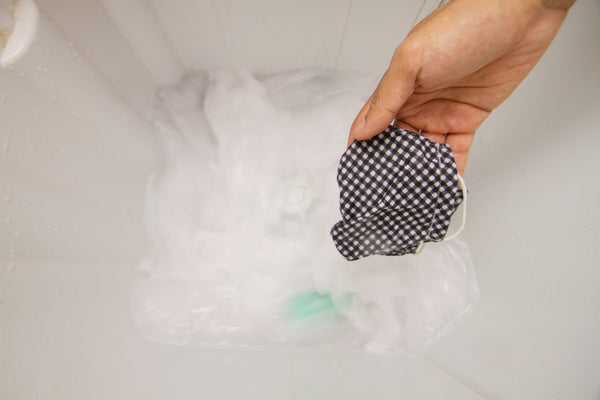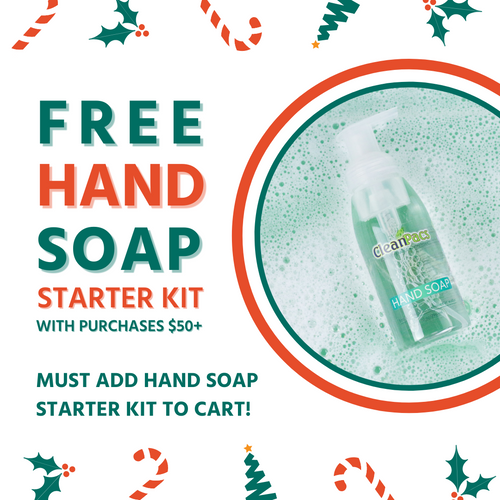How to Clean Fabric Face Masks

With the ongoing COVID-19 pandemic, wearing a mask is crucial whenever you're about to step out. It is advised that you wear a mask to protect yourself and your loved ones from the virus. Healthcare experts advise the general public to opt for fabric face masks instead of N95 surgical masks, which should be reserved for frontline workers. However, you should not only be wearing your fabric masks properly, but also washing them regularly too. Here's a basic guide to cleaning your fabric face masks at home.
When Should You Wash Your Mask?
Firstly, it is important to know that you cannot wash non-woven masks such as the KN95 and N95 at home. These masks need to go through a specific procedure to get rid of any contaminants. Cleaning them at home can damage the mask and make it unusable. Meanwhile, when done the right way, you can easily wash fabric face masks yourself. There aren't any strict rules on how often you should wash your fabric mask, but ideally, wash it after each wear. Also, you should wash your mask immediately whenever there is any moisture, debris, and stains. You should also clean them as soon as possible if someone in your proximity sneezed or coughed, and even if you were close to someone who potentially has the virus.

Steps to Wash a Fabric Face Mask
Washing a fabric face mask can be done with your regular laundry. You can go with either machine-washing or hand-washing when it comes to face masks. Before you get started, wear disposable gloves to protect yourself from potential virus particles.
- Machine-Washing: To wash your fabric face masks in a washing machine, place them in a laundry bag to prevent them from tangling up in your clothes. Use the warmest temperature water the fabric can handle without getting damaged. If you're allergic or sensitive to scented laundry detergents, go for a fragrance-free detergent.
- Hand-Washing: For the hand-washing method, fill a tub around 3/4th of the way with hot water. Next, add 1 tbsp of laundry detergent. Let the fabric masks soak in the water for a few minutes. Then, hand wash them and rinse with hot or cold water.
- Drying: After washing your fabric face masks, the next step is to dry them. You can either dry them in an automatic dryer or air-dry them under the sun. For the automatic dryer method, use the heat cycle to dry the masks to ensure the heat gets rid of any remaining infectious particles. If you're letting them air-dry, ensure you place them directly under the sun. Additionally, lay them down on a flat surface instead of hanging them on a clothing line so they don't lose shape.
- Storing: Once your fabric face masks are dry, you’ll have to store them. Place them in an air-tight container or zip-lock bag, and then put that container in a dry and cool place. Take it out when you’re ready to use the next mask.

What if My Mask Includes a Filter?
For fabric face masks that come with removable filters, you can remove those before you wash them. But, some filters are not removable. In this case, you'll have to check whether the filter is single-use or washable. Many suggest that you can still wash a single-use face mask filter until it starts to wear out. Note that while that may be possible, it is not recommended. Additionally, your face mask will start losing effectiveness if you're washing and re-wearing it with a single-use filter.
Final Word
Wearing and using a face mask the right way can keep you safe from a number of viruses. However, you should also practice frequent sanitization and other hygienic precautions; masks aren't the only solution. Still, it goes to say that wearing a mask can slow down the spread of the viruses. Therefore, wear your masks and don't forget to wash them.


